The Faroe Islands are named for the sheep the Viking settlers found when they arrived and where the sheep still today far outnumber the people.
The Faroese sheep, a type of Northern European short-tailed sheep, is a small and hardy breed. They have a light, but strong, bone structure, which makes them ideal for the steep mountainous terrain, which in turn naturally provides for all their dietary needs. This breed has wool in many different colours – white, grey, light and dark red, chestnut brown and black or some mixture of thereof.
The flocks divide into small groups, which range and graze across wide pasturelands. They are seasonal breeders and most commonly produce one offspring per season. The ewes weigh around 45 pounds (20 kilograms) when mature and rams weigh about 45-90 pounds (20-40 kilograms).
The origin of the Faroese breed is believed to stem from the sheep brought to the Faroese Islands by Norse settlers during the Viking age. During the 17th century, however, the number of sheep decreased to a point where it became necessary to import sheep from Iceland and the Scottish Isles. This proved favourable and during the 1840’s more Scottish sheep were brought in, to mix with the local breed. This mixture produced more meat and better wool.
photo: Kirstin Vang
An old Faroese proverb says, “Ull er Føroya gull” and it means something along the lines of “wool is Faroese gold”. This proverb truly reflects centuries of a Faroese way of life. While wool and woollen garments used to constitute the majority of Faroese export, it was also the only currency for many locals. They would trade knitted garments for salt, sugar, coffee and other necessities.
Knitting has always been popular in the Faroe Islands. People of all ages and from all parts of society knit and there are, at the very least, one hand-knitted sweater or pair of woollen socks in every Faroese household. While knitting never went out of fashion, we see a revival of the importance of wool and woollen products and there was been a surge of innovation and reinterpretation of traditional patterns and methods.
Creativity and utility are the hallmark of Faroese knitwear and in recent years, several Faroese designers and fashion brands have emerged and they are gaining attention all over the world. They draw inspiration from a rich Faroese tradition of knitting, utilizing the Faroese gold.
copy: faroeislands.fo



